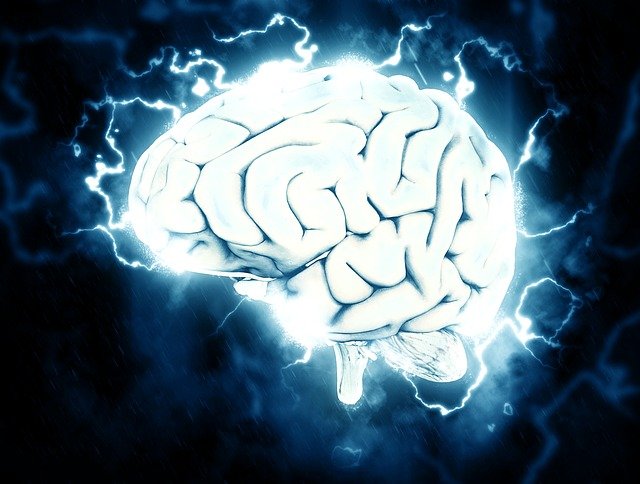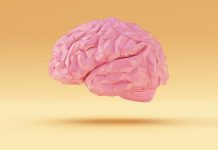
In a recent study, researchers found that brains of people at risk of psychosis exhibit a pattern that can help predict whether they will go on to develop full-fledged schizophrenia.
The study was led by Yale University.
The findings could help doctors begin early intervention therapies for those most likely to develop the disabling disorder.
The team used fMRI images of people who exhibit features indicating a high risk for psychosis.
They found increased functional connectivity in the cerebello-thalamo-cortical circuitry.
This is an extensive network involved in the coordination of a host of brain functions.
Higher degrees of functional connectivity of this network were found in those who later developed psychosis.
In a second experiment, the researchers confirmed this hyper-connectivity pattern was present among those who already have a diagnosis of schizophrenia but not in those with other psychiatric disorders.
Early intervention in psychosis patients has been linked to better outcomes in schizophrenia, which is marked by hallucinations, delusions, and thought disorder, and generally first strikes people in their late teens and twenties.
The researchers suggest that the affected brain network may reflect greater errors in integrative brain functioning, such as the mistiming in the convergence of information from different brain regions.
Alternately, the pattern may reflect compensation for such errors, which are believed to underlie the disorganized thinking that is a hallmark psychosis.
The researchers hope this biomarker can be used in second-stage screening after the identification of other risk factors for schizophrenia
Tyrone Cannon, professor of psychology and psychiatry, is the senior author of the paper.
Hengyi Cao of Yale is the first author of the study, which was funded by the National Institute of Mental Health.
The finding is published in the journal Nature Communications.
Copyright © 2018 Knowridge Science Report. All rights reserved.
Source: Nature Communications.



